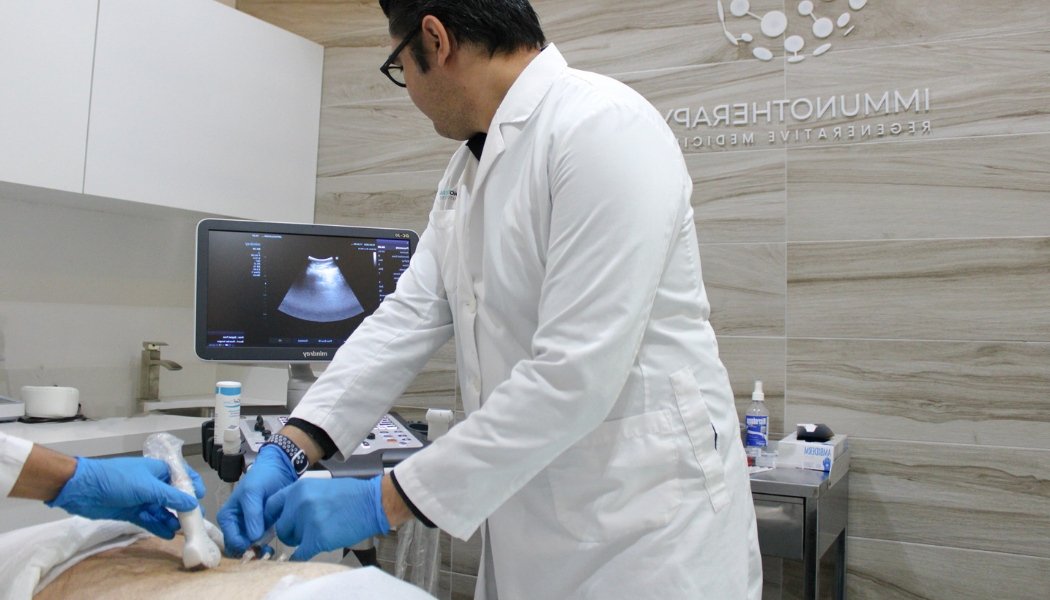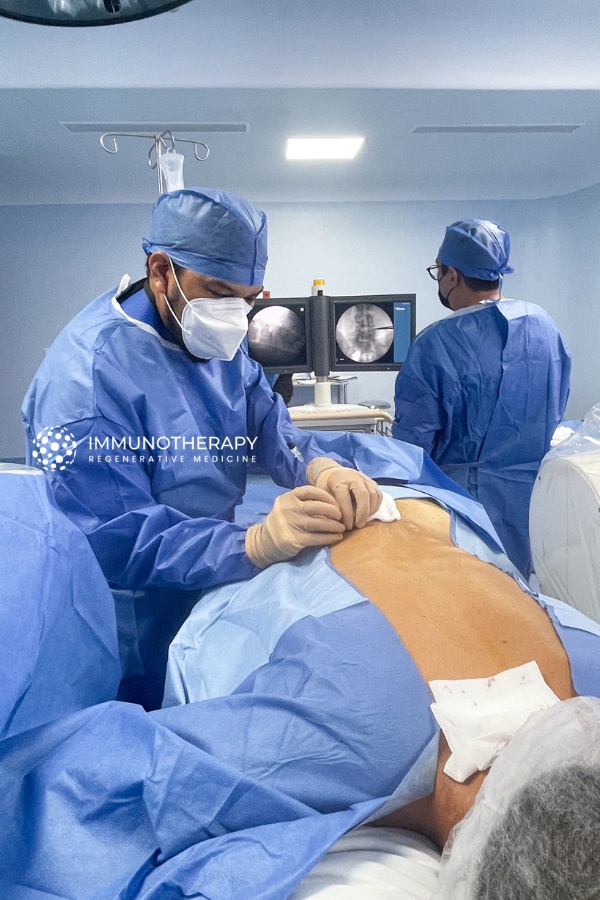How is Mesenchymal Stem Cell Therapy (MSCT) for lupus?
Systemic Lupus Erythematosus (SLE) is a challenging autoimmune disorder, with the body mistakenly attacking its own tissues. While traditional treatments have offered some relief, Mesenchymal Stem Cell Therapy (MSCT) emerges as a promising approach, potentially transforming the therapeutic landscape for SLE. This article delves into SLE’s complexities and the potential of MSCT to revolutionize its management.
What is Systemic Lupus Erythematosus?
Systemic Lupus Erythematosus (SLE) is a medical condition catalogued within the “auto-immune” group; as such, the body itself creates an attack to itself. In other words, the body’s immune system goes rogue, creating antibodies to attack the body it is supposed to protect. In this case, the body tends to mainly attack kidneys, lungs, blood vessels, skin, brain and joints, however, it is not limited to those and may have important complications.
What are the signs and symptoms of SLE?
This entity has a variety and degree of symptoms, including fatigue, fever, joints pain, “butterfly” rash on the face, skin rash, muscle pain, chest pain, breathing difficulty, photosensitivity, hair loss, ulcers (mainly mouth). An important characteristic of these symptoms is that they come in flares, meaning they aren’t constant, and the time-span between one flare and the next one can’t be determined.
What major complications can be developed?
One of the most important complications comes regarding kidney damage, as it may develop into symptoms similar to kidney disease or kidney failure, this is known as Lupus Nephritis. Symptoms include swelling, high blood-pressure, weight gain, decreased urinary volume, dark urine and Creatinine alterations through lab work. In some cases, dialysis may be required.
The circulatory system may also be compromised, deriving into anemia or blood-clothing, entities which can cause fatigue or may even lead to lack of proper circulation, in worse cases resulting in amputations or even as fatal as death.
The eye is another organ which can result with major complications due to lupus. The signs and symptoms involve dry eyes, red eyes, inflammation of the eyelids, uveitis, choroiditis (which affects circulation), occlusion of the retinal artery, and damage to the optic nerve. Uveitis may result in retinal detachment, which along with other of the potential complications, may result in loss of eyesight. Particularly, women with uveitis may (potentially) result in retinal detachment while pushing during the birth process.
The neurological aspect of lupus may also result in confusion, memory loss, dementia, loss of coordination or affection of language.
How is SLE diagnosed?
SLE is hard to diagnose, as the symptoms may be firstly unspecific or too easy to get confused with another entity. A thorough family medical background may help the diagnosis, but in case of debutant patients, this tool is not too useful.
Another obstacle is the presentation of the symptoms, as it may direction correctly to an auto-immune condition, but may be wrongly diagnosed with another auto-immune condition. As such, it is recommended to confirm or discard by performing the ANA test.
Anti-nuclear Antibodies help to determine autoimmune conditions, it is a useful tool, however, while very patient with lupus shows presence of ANA’s, it is not specific for it. Another important lab test is the Anti-Sm antibodies, which are slightly more specific for SLE.
What are the risk factors to develop SLE?
While there isn’t a confirmed correlation, genetics is considered an important risk factor, mainly on women. SLE has a higher frequency on the female population than the male population. It is common to develop lupus if there is family background, however, it is not a rule, as a patient may develop a debutant case.
As it is embedded in the genetic code, major stress situations (whether physical, emotional or psychological) may trigger the gene and result in the disease.
What is the cure for my condition?
As an autoimmune condition, there is no cure. To find a cure would mean to reboot the entire immune system, which cannot be done. As such, it is a condition that the patient will have to live with for the rest of their lifespan. Although there isn’t a cure, there are other treatment options to improve the quality of life for the patient.
What are the treatment options for SLE?
Classically, SLE has been treated with Hydroxychloroquine and chorticosteroids to prevent the antibodies produced by the body to attack itself, and to treat the complications. However, a very important secondary effect is that not only does It modulates the immune system, but may decrease its activity (albeit temporally), making the patient susceptible to contracting infections.
Nowadays, there are other treatments available, including stem-cell therapy. Stem-cells have several properties that are very useful on these cases.
- The stem-cells have the ability to detect the signals of the inflammatory areas, they migrate there and start acting.
- The stem-cells have a natural anti-inflammatory effect, and as such, start modulating the affected area to decrease the inflammation cascade, modulating pain, swelling, local pain, etc.
- The stem-cells have a modulation effect on the immune system, therefore, they will control (up to a certain point) the intensity and frequency of the flares. By modulating the immune system, the rogue anti-bodies will be produced in a smaller amount, will have less presence in the body and will produce less of an effect.
- The stem-cells have the property to transform into the tissue they attach to. This means that once they reach the damaged areas (i.e. kidneys, joints, etc.), they will create a stronger and healthier tissue than the pre-existing one.
A it can be noticed, the treatment for SLE is a multidisciplinary one, as it is not only focused on containing the SLE, but also to control the damaged areas, to help restore the function, to help restore the damaged tissue, and as such, to improve the patient’s life; to stop or slow-down the progression will also mean to decrease the deterioration of the patient regarding the organs that may cause more complications, such as the kidneys, therefore, the treatment also means to extend the life-span of the patient.





